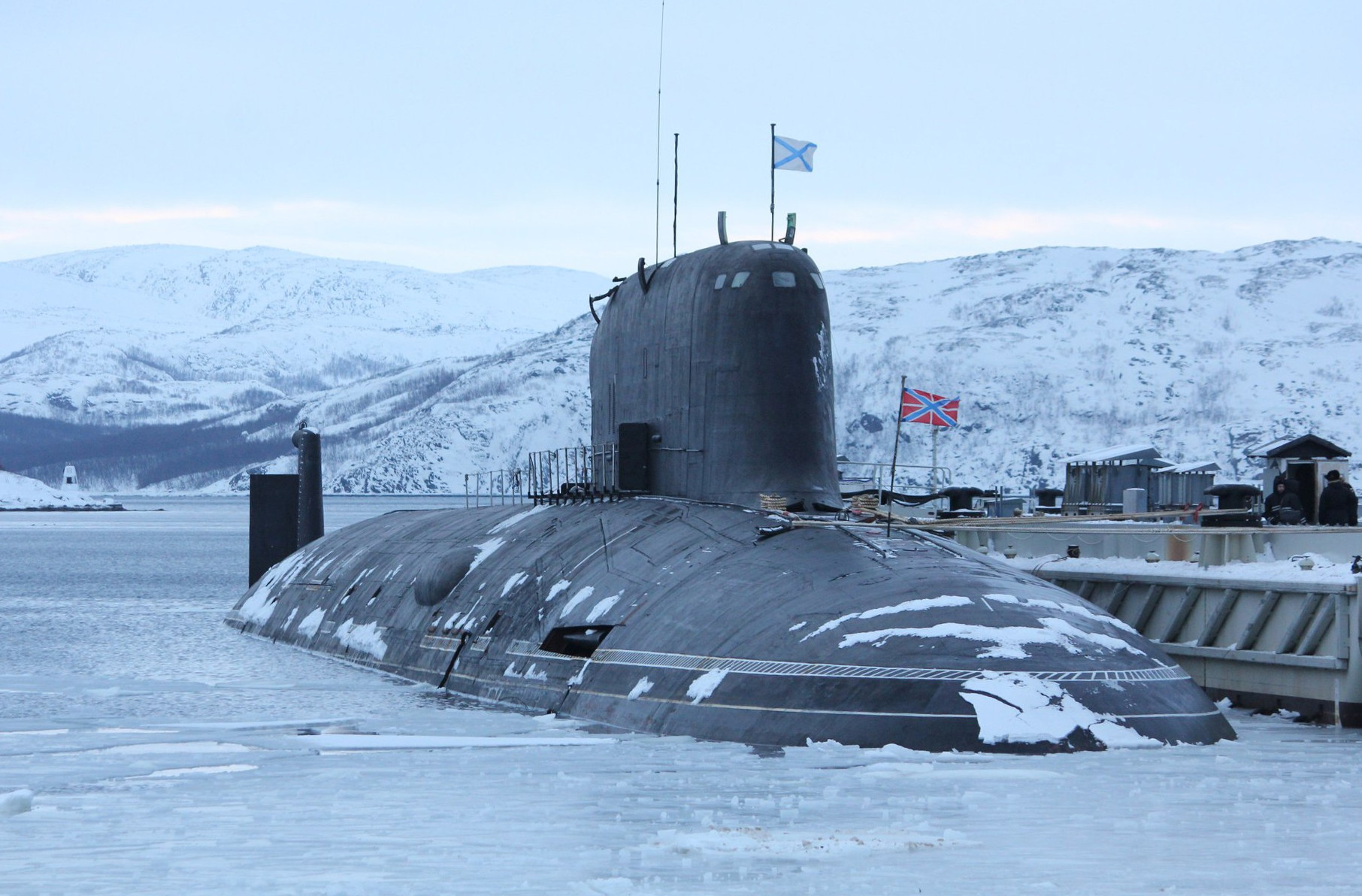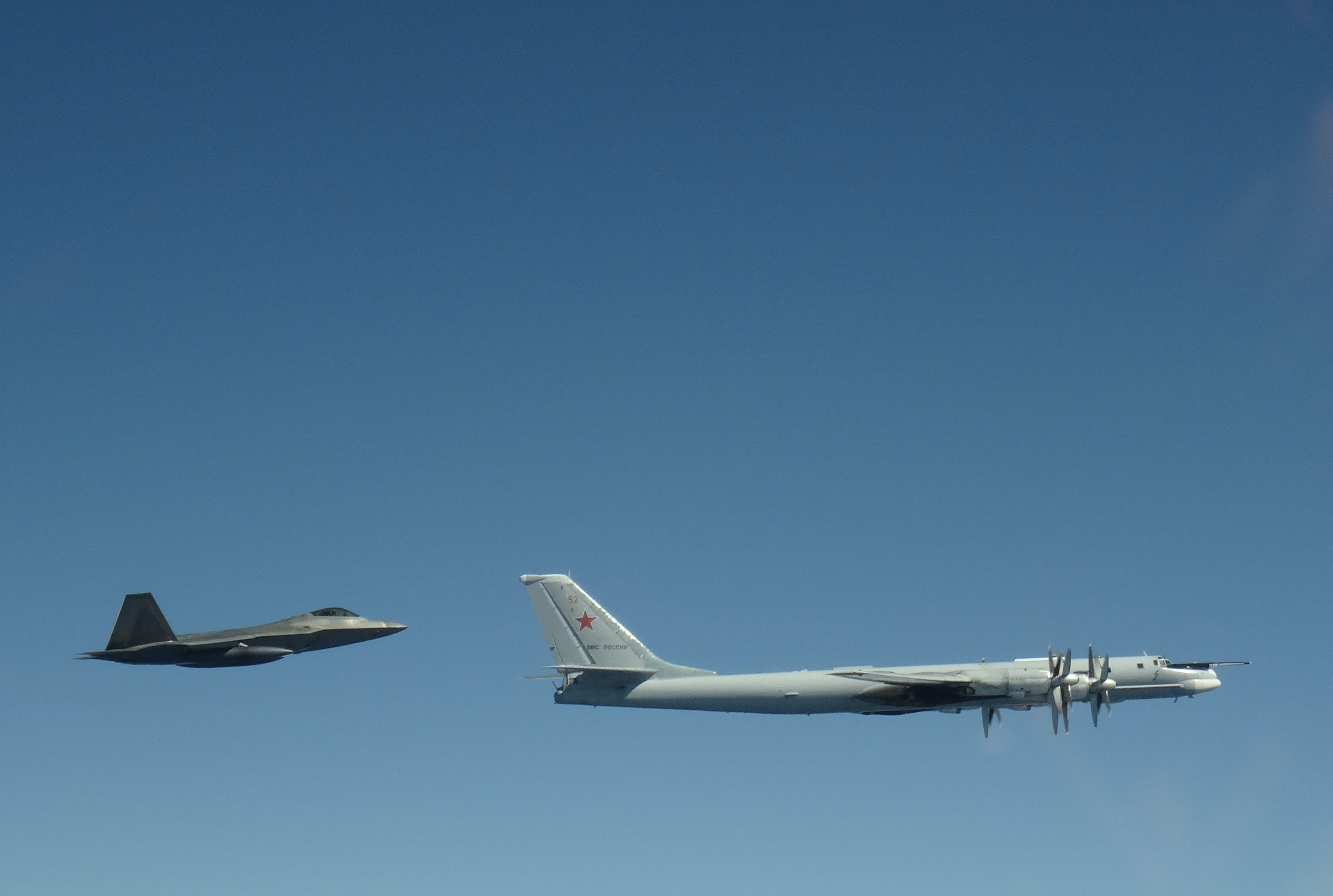
Russia, with its array of hard-to-detect cruise missiles and advanced submarines, poses the primary military threat to the American homeland today, the commander of U.S. Northern Command said Tuesday.
“They’ve developed capabilities that didn’t exist 20 years ago …very low radar cross-section cruise missiles [and] submarines on par with our submarines,” Air Force Gen. Glen VanHerck said.
Speaking at a Center for Strategic and International Studies online forum, he described the crucial difference between cruise and ballistic missile threats. Cruise missiles “can be launched from multiple platforms, from air-launch capabilities to sea-launch capabilities to submarine-launch capabilities to a container on a commercial vessel. There are multiple ways to do that.”
He added that the advanced cruise missiles in Russia’s arsenal have the range to strike the United States when launched from inside Russian territory.
VanHerck said the missile threat is coupled with Moscow’s investments in cyber and space capabilities to extend its military and political reach. The Kremlin’s intent is to “create deterrence for themselves, destroy our will and delay or degrade our ability to project forward,” he said.
For Russia, these advances are not solely on the drawing board; they are exercised on both the Atlantic and Pacific coasts. Last year, “we had more incursions into our air-defense identification zones since the end of the Cold War,” and intruding aircraft lingered for hours.
In late summer 2020, VanHerck said, “they took a large portion of their Pacific fleet, operated it right in … our economic exclusion zone right off Alaska.” At that time, a Russian submarine surfaced “in the middle of a bunch of fishing vessels up there and actually fired a missile from there.”
VanHerck said that the action was “certainly intended to demonstrate to the U.S. and others their influence,” especially in the Arctic.
Russia assumed the chairmanship of the Arctic Council in May. “Russia relies heavily economically on the Arctic. They get about 20 to 25 percent of their GDP” from the region, VanHerck said. “So certainly they have a vested interest in being an influencer and having power in the Arctic.” To that end the Russians have rebuilt and modernized military facilities in its far north.

Looking at the Northern Sea Route, VanHerck added, Russia is “coming up with policies to say they want to have military members [present] as folks transit … on their vessels, which is in violation of international laws and norms. …They’re trying to change those kinds of things.”
With a warming climate, the Northern Sea Route has taken on new importance as a waterway that can be used for shipping between Asia and Europe. Russia claims the route is within its territory.
On the threat from China, he said Beijing’s cyber and space capabilities are “on par with Russia, but they’re developing the … kinetic capabilities such as submarines and bombers to do the exact same thing” Moscow is doing with its advanced cruise missiles. He testified recently that China could have these capabilities within the next decade.
“So we’ll have a persistent, proximate threat off each coast and I would say all vectors 24/7/365” even if “you don’t factor in an ICBM nuclear threat.”
As for North Korea, its new KN-28 missile has “a much larger capability, and the total number of missiles tends to increase. Next Generation Interceptor … will keep us on a successful path” to defend the homeland. The missile was unveiled in a military parade last fall.
VanHerck said the command is looking to new technologies like overhead persistent infrared capabilities to improve domain awareness. “Any new systems we create must be able to not only detect bombers but cruise missiles,” including very small ones, he added.
He distinguished between NORTHCOM’s work on advanced systems like over-the-horizon radars and global all-domain sensors and the services’ work on Joint All Domain Command and Control.
“I’m after decision superiority. …I just want to make sure the right decision-maker has – at the right level, at the right time – has the information.” He stressed he is not trying to send that information to a single ship or platoon.
“What I’m trying to do is take the information that you’re seeing and share it across at the operational to strategic level to create deterrence and de-escalation options, and if needed defeat options.”





